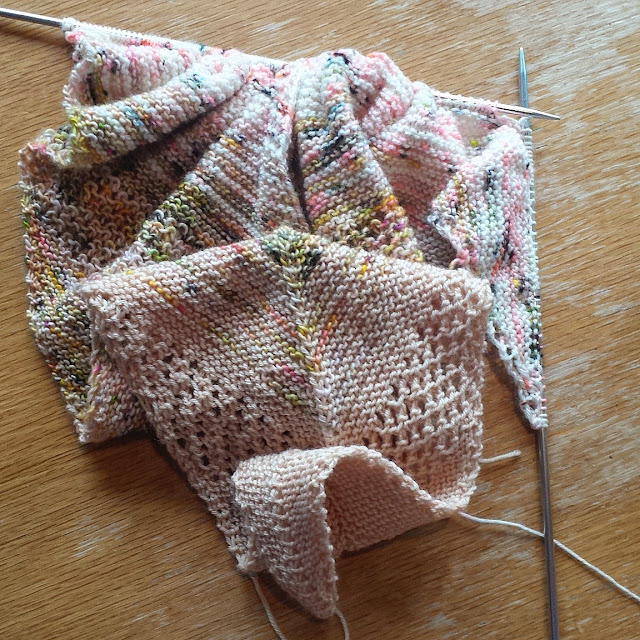In a little over a week, I will be returning to Huntsville, AL. Over the course of nearly two months in Germany, I have completed seven paintings of varying sizes (some as big as 18X24), started four more paintings that are awaiting my attention (at least one of which I will try to finish next week), and have dozens of ideas for further paintings swimming around in my head. This was my first really serious attempt at painting while on a trip (I have sketched and dabbled in acrylics before, but nothing quite on this scale), and it is certainly something I would like to do more of in the future. My approach this time around was not necessarily methodical, but reflecting on the experience, I instinctively felt the need to keep the pieces loose and Impressionistic so as to be able to get as many ideas on canvas as possible. I am pleased with the look of the completed works-- the painting at the top of this post, for instance, of a particularly tall sunflower in the village, strikes me as being the most representative image I have created of the place where I am staying and I enjoy its freshness. The second piece in this post is an abstraction of the Alps, based on my experience at a Berggottesdienst I attended last month. The final piece is the view from the balcony, which I started shortly after I arrived and finished only recently. In a way, it brings everything full circle. While I feel as if I have to leave just as I managed to gather my thoughts and come up with themes and plans that I wanted to explore in depth, I have still taken joy in freely splattering paint around for the duration of the trip, and joy and freedom tend to show up strongly in the brushwork. Each color and line represents, in some way, a good memory.
That said, there were many ways to go about the challenge of painting while traveling, and for the sake of future reference as well as my artist friends who might be interested, here are a few that came to mind initially:
1) Focus on drawing mostly, then choose the best scenes to use as reference for one or two finished pieces (which could be finished while traveling or in the studio).
2) Make as many small (8X10-11X14) plein air pieces as possible and use them for future reference.
3) Work on one or two large pieces methodically over the course of the trip.
4) Write down themes that come to mind and create thumbnail sketches.
5) Focus on documenting different elements rather than creating entire works-- types of trees or birds, types of buildings, color schemes.
Personally, as I intend to return here, I would like to focus on 2 and 5 on my next trip, or pick one theme (such as architecture, people, weather conditions, or landscapes) to explore in a series of works. Moreover, although I cannot quite imagine how what I have done here will influence my work upon my return to Alabama just yet, it will be interesting to see if and how it does. As always, I look forward to sharing the results.
The paintings shown at the top and bottom of this post are sold, but the abstract in the middle is still available for $450. Custom print orders are also welcome. Please send inquiries to ChristinaWegmanFineArt@gmail.com.




